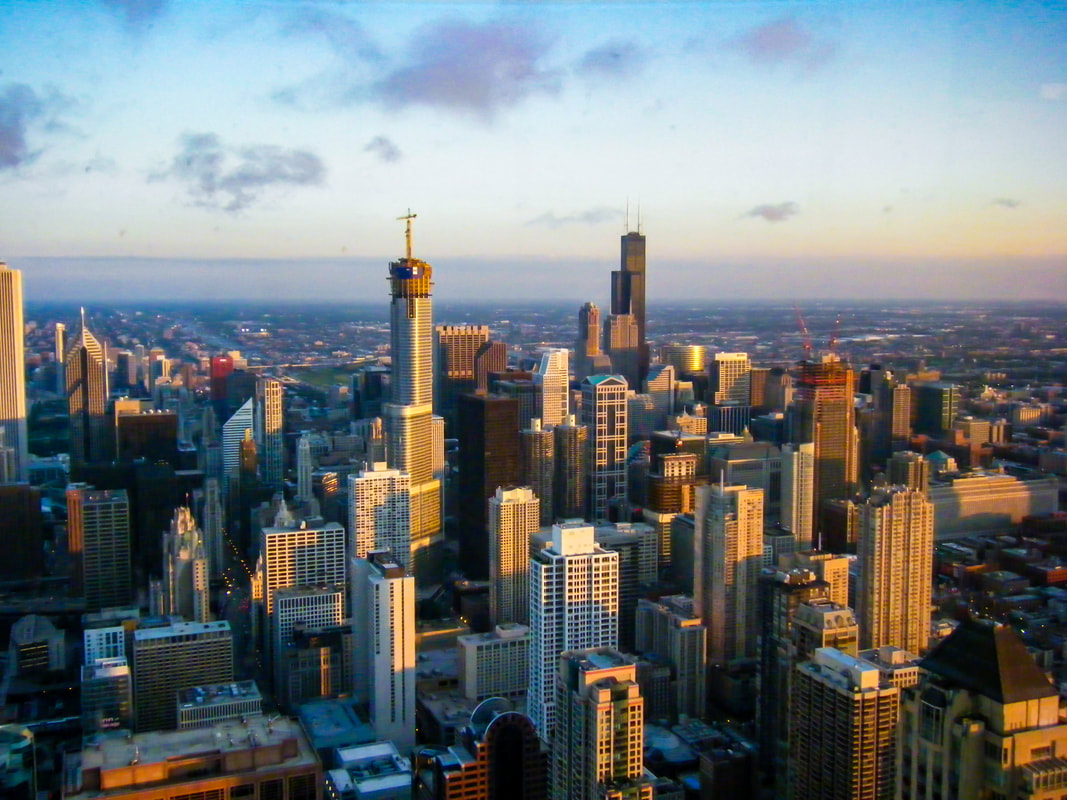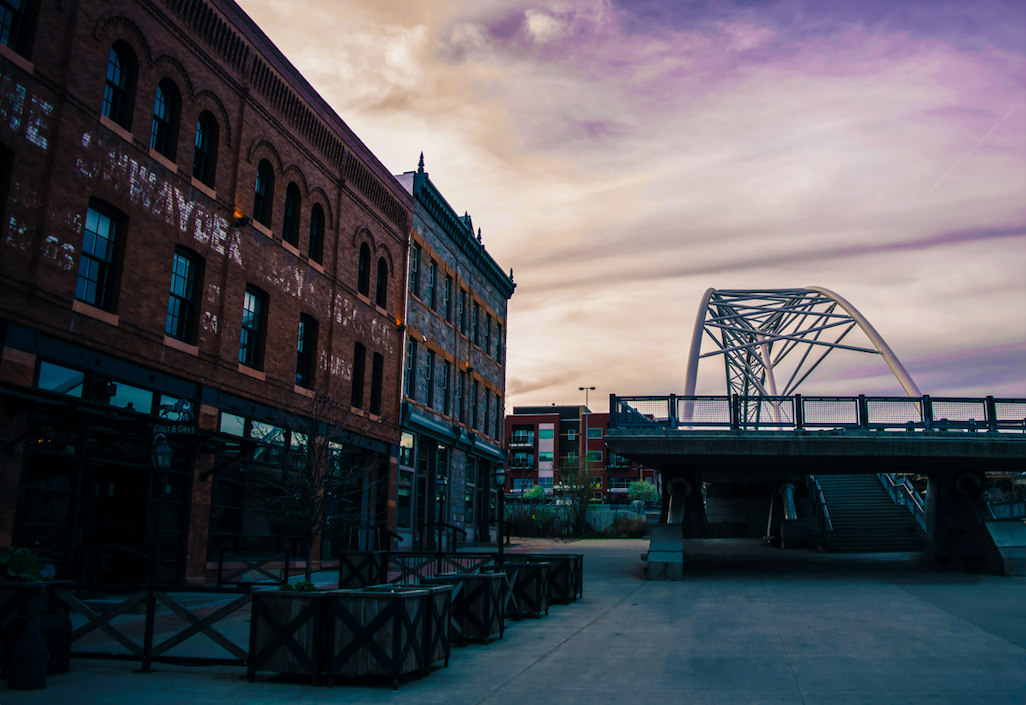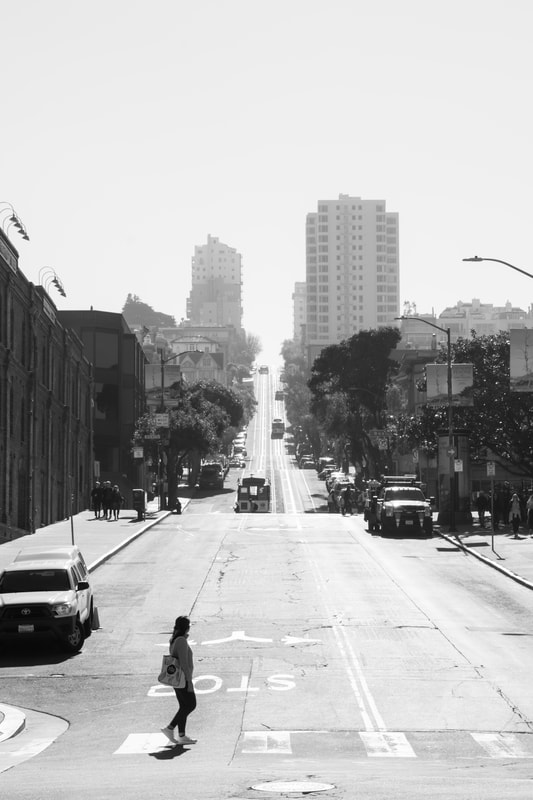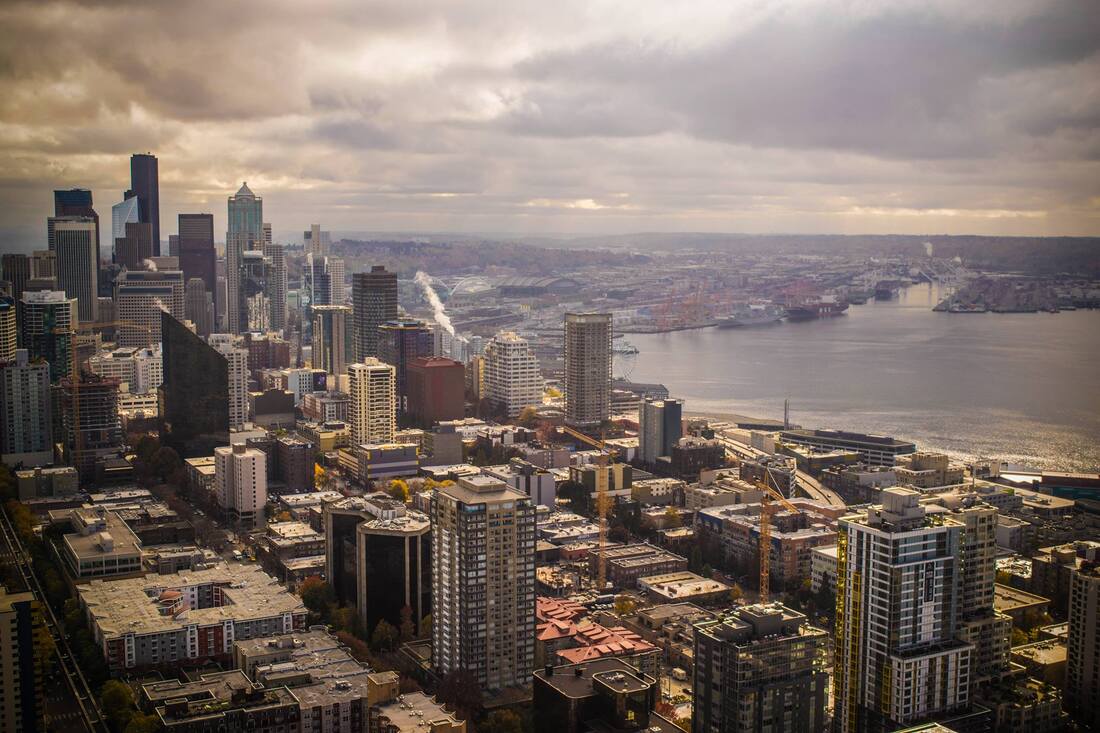|
I have been blessed enough to have been able to visit several large cities throughout the United States, but one thing I have noticed as a common theme is that they all have a "Great Fire" in their history. Chicago, IllinoisChicago Skyline taken on my old Fujifilm Finepix Compact Camera in 2008: Chicago probably has one of the most famous "Great Fire" stories. The Chicago Fire occurred in October of 1871 on the Southwest end of the city. The fire started in a barn owned by Patrick and Catherine O'Leary, where it continued burning for a whole day, killing three hundred people. The fire spread to Chicago's business district, destroying over 17,000 buildings. Many of the buildings and sidewalks were wooden at that time and had dried out from the lack of rain the Chicago area was experiencing the summer before the fire. The Waterworks - the main source of water for the fire department was destroyed quickly after the fire started. Most of the industrial district survived. Stockyards, packing plants, wharfs, lumberyards, and mills were left untouched by the flames. These companies were able to employ many of the people who were misplaced by the fire to help keep the economy afloat. Fortunately, many of the railroads were also not damaged, meaning that shipments aiding the city could make it into the metropolitan area. Laws were put into place to ensure that new buildings were created using fireproof material. This unfortunately caused urban gentrification because the poorer citizens could not afford the more expensive, fireproof materials to rebuild their homes, nor could they afford the fire insurance. Denver, ColoradoDowntown Denver taken on my Nikon D3300 in 2016: Downtown Denver burned to the ground in 1863 thanks to its dry climate, high winds, and wooden structures. The fire started in a saloon, and despite an immediate response by the volunteer fire department, the fire spread quickly. Denver businesses worked quickly to rebuild, this time using brick for their buildings. It was put into law that buildings should be built with brick moving forward. It is said that this change in material caused Denver to appear as more of a city than a temporary establishment. The city would not grow until after the United States Civil War, which ended in 1865. San Francisco, CaliforniaSan Francisco Cityscape taken on my Nikon D5500 in 2020: San Francisco experienced a devastating earthquake in 1906 that caused fires to spread throughout the city. The fires lasted for several days, and between the quake and the flames, over 3,000 people died. This event is considered the greatest loss of life due to a natural disaster in California's history, and is one of the largest losses of life in the history of the United States overall for natural disasters. It's estimated that there were over thirty fires, caused by damages to gas lines from the earthquake. One of those fires was caused by a damaged stove chimney, and other fires were caused by the fire department attempting to use explosives to create a fire line. Several people set fire to their buildings after learning that they did not have insurance to cover damages from the quake, but would have coverage for fire damage. The United States Army was called in to help take control of the situation in San Francisco. They marched the streets of San Francisco, helping prevent looting, they guarded important buildings, and they helped to shelter and feed the tens of thousands of misplaced citizens. The state of California worked quickly to rebuild the city, which had previously seen seven devastating fires between 1849 and 1851. Washington and Oregon provided timber, surging rebuilding efforts. A baseball game in New York was played to raise money for the survivors of the earthquake. Reconstruction was completed by 1915. Seattle, WashingtonSeattle Skyline taken on my Nikon D3300 in 2017: I personally did not know that Seattle had a great fire until I visited the city and did the underground tour. The Great Seattle Fire took place in June of 1889. A young apprentice in a carpentry shop accidentally let a hot glue overflow its pot and it started a fire. The fire quickly spread to the paint store above the carpentry shop and spread across the Seattle business district from there. The buildings were made of wood, and the fire leapt from building to building, making it to a liquor store where the fire exploded from there. The sidewalks were also wooden at this time, and the fire continued to spread, crossing streets thanks to the wooden walkways. The volunteer firefighters responded immediately to the fire, but they hooked up to too many of the hydrants which caused low water pressure in the fire hoses and they were unable to put the fire out. They even tried to get water from Elliott Bay, but the tide was out, and the efforts were fruitless. The fire burned twenty-five city blocks, yet zero deaths were recorded. The citizens of Seattle decided to rebuild, and people from all over flooded in to help. The population of Seattle actually doubled, creating a larger metropolitan area than what existed prior to the fire. An ordinance was put in place stating that the new buildings during the city rebuild be made of fireproof material, though there's not a record of gentrification occurring from this change. Other United States Major Cities Born From Ashes1. Great Fire of New York - 1776
2. Great Fire of 1901 (Jacksonville, Florida) - 1901
0 Comments
Leave a Reply. |
All
|




